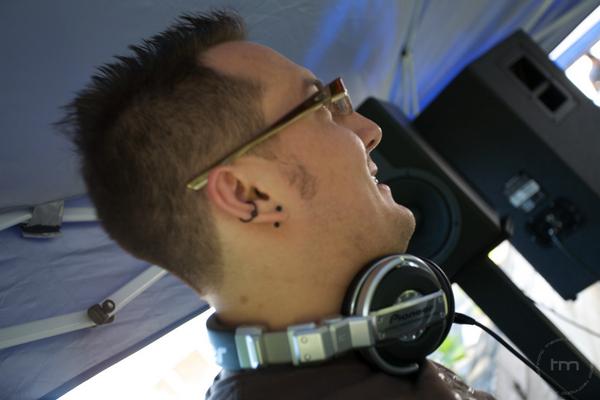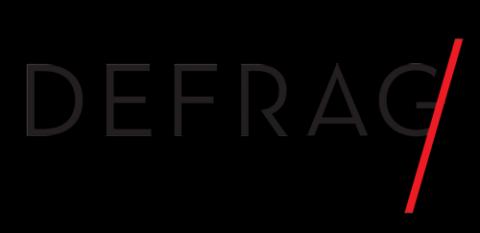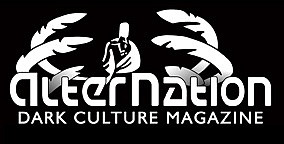Glitch
As computer-aided composition slowly eclipsed the traditional analog approach to crafting electronica, the palette of possible sounds soon widened immensely, resulting in the advent of the glitch style in the late '90s. No longer was the artist confined to sequenced percussion, synth, and samples, but rather any imaginable sound, including the uncanny realm of digital glitches -- a possibility that was quickly exploited by a generation of youths with the means to create entire albums in their bedroom with only a computer and some software.
Where early-'90s analog-toting pioneers such as Aphex Twin and Autechre had envisioned the quickly diminishing areas of electronica that had not yet been explored, and simultaneously, another insular group of pioneers led by Robert Hood and Basic Channel stripped away the elements of electronica that had ultimately become little more than ineffective cliché, a second wave of computer-armed protégés studied these aesthetics and used software to create microscopically intricate compositions harking back to these pioneers.
First championed by the ideological German techno figure Achim Szepanski and his stable of record labels -- Mille Plateaux, Force Inc, Force Tracks, Ritornell / Mille Plateaux -- this tight-knit scene of experimental artists creating cerebral hybrids of experimental techno, minimalism, digital collage, and noise glitches soon found themselves being assembled into a community. Though artists such as Oval, Pole, and Vladislav Delay, among others, had initially been singled out by critics beforehand, Mille Plateaux's epic clicks and cuts compilation first defined the underground movement, exploring not only a broad roster of artists but also a wide scope of approaches.
The artists on the compilation, along with a small community of visionary artists in the software-savvy San Francisco/Silicon Valley area of California led by the Cytrax label, soon found themselves as the critically hailed leaders of yet another electronica movement. It wasn't long before the glitch aesthetic began being crossbred with existing genres, resulting in endless variations on the aesthetic, such as MRI's click-driven house and Kid 606's noise remix of N.W.A's "Straight Outta Compton."
Artists belong to the genre
 |
Access to Arasaka |
Country: USA / Date of establishing : 2006 |
 |
Defrag |
Country: USA / Date of establishing : 2000 |
 |
Hecq |
Country: Niemcy / Germany / Date of establishing : 2003 |
Pages:
1
1
